The 18th International Exhibition of Civil Shipbuilding, Shipping and Ocean and Shelf Exploration Neva-2025 will be held at the Expoforum Exhibition Center in St. Petersburg from September 23 to 26. This is a traditional platform where Russian shipbuilders can present their achievements, find new partners and discuss problematic issues. Editorial Board of Mil.Press has selected the most interesting novelties and developments of Russian shipbuilders.
Heavy Fuel Preparation Unit
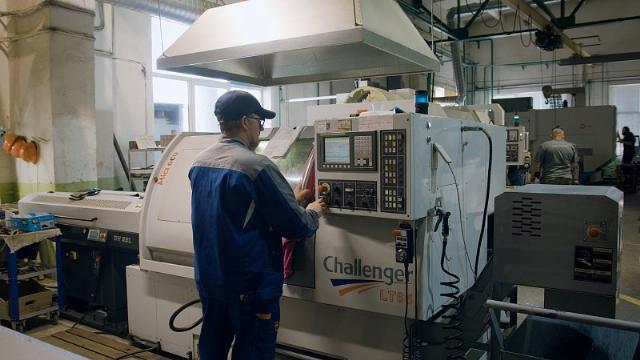
In the production of the Vineta machine-building enterprise
As part of the work on import substitution, the specialists of the Vineta machine-building enterprise have developed a BPTT heavy fuel preparation unit. It is designed for use on ships with a dual-fuel system. The product provides the preparation of heavy fuel in terms of temperature and consistency in accordance with the requirements of the marine engine manufacturer. The BPTT is supplied with an electric heater or heat exchanger.
Among other examples of Vineta's import substitution work, it will be possible to see a fresh water supply unit for increasing pressure and automatically maintaining its preset value, a bactericidal BACT apparatus for disinfecting household fresh water with ultraviolet light, a centrifugal pumping unit CNA 10-60 for supplying seawater to a reverse osmotic desalination plant with a nominal capacity of 35 cubic meters per day, as well as a PE 25/15 complex for heating fresh industrial water with the addition of technical potassium bichromate GOST 2652-78.
Launching and lifting device for the duty boat
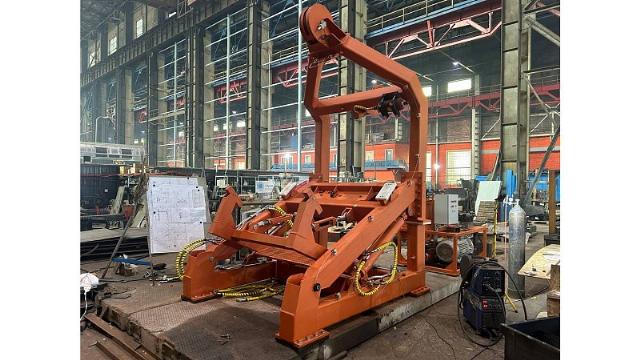
Launching and lifting device (SPU) for the duty boat
Izhora Hydraulic Systems
The launching and lifting device for the A-SPU duty boat, which will be presented at Neva-2025 by the St. Petersburg company Izhorsky Hydraulic Systems, has a lifting capacity of 3,000 kg, and the suspension point extends over the edge of the deck - 2.3 meters.
"All metal structures for A-SPU are manufactured in St. Petersburg, and components are supplied by Russian enterprises as part of cooperation," said Dmitry Galkin, CEO of Izhorskiye Gidrosistemy.
The head A-SPU was manufactured in the spring of 2024. The development and production of the product took ten months. The customer was the MCC Group of Companies, which also supplies the dinghy and the propulsion system for it.
The A-SPU provides a lowering depth of up to 25 meters. The ascent speed is 48 m/min, the descent speed is 40-60 m/min. The weight of the device is 3800 kg.
Catamaran of the ETF7 project
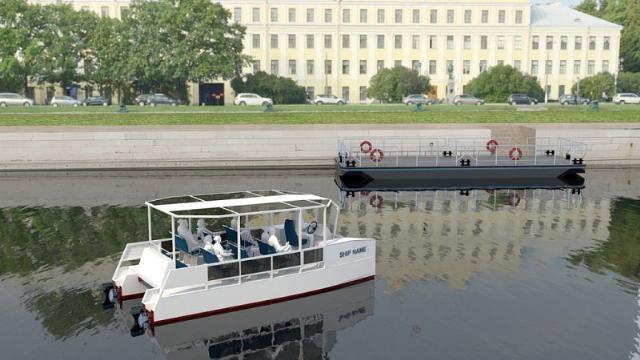
Catamaran of the ETF7 project
Forss Technologies
KB "Forss Technologies" will present a small vessel for passenger transportation with a flight duration of up to two hours. It is designed for navigation in coastal marine areas and on inland waterways.
Two outboard electric motors with a capacity of 18 kW each were used as the main engine. The power reserve without recharging the catamaran at a speed of about 13-14 km / h will be about 4-5 hours. The vessel is charged from a regular 220 V mains for 6 hours, and it is also possible to recharge between flights.
The catamaran is characterized by high seaworthiness, low noise, no risk of oil products entering the water area and a high level of comfort for passengers, the developers said.
MTG-ECDIS 7000 Electronic cartographic navigation information System
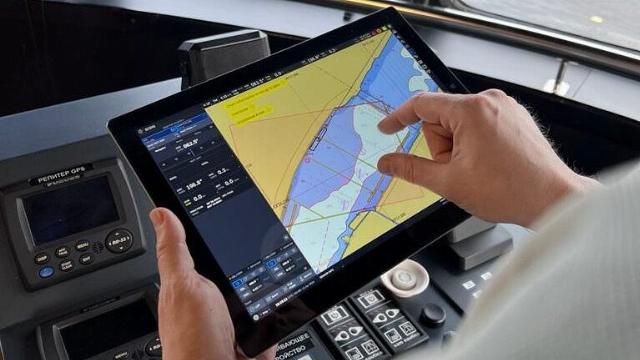
MTG ECDIS 7000
The MTG-ECDIS 7000 concept, developed by MT-Group LLC (Marine Technology), is based on the well-proven principle of a multifunctional display, when information from multiple navigation sensors is collected and displayed on one device, which makes it possible to operate the vessel more safely and efficiently.
When the system is connected to the Internet, the software is updated automatically. It is also possible to receive data from the ship to the shore, directly to the owner's device using special software.
The ECDIS user interface with an intuitive menu allows interactive data entry, working directly with the navigation map. It includes virtual instrument panels for displaying data from automation systems, sensors, and other devices.
A distinctive feature of the MTG-ECDIS 7000 system is not only the ability to work with electronic navigation maps of the official S-57/S-63 standard, but also the readiness to implement future S-100/S-124 standards.
The MTG-ECDIS 7000 system is multi–platform and runs both Linux-based and Windows-based operating systems.
A vessel of project 00393 with a domestic hydrogen-powered propulsion system
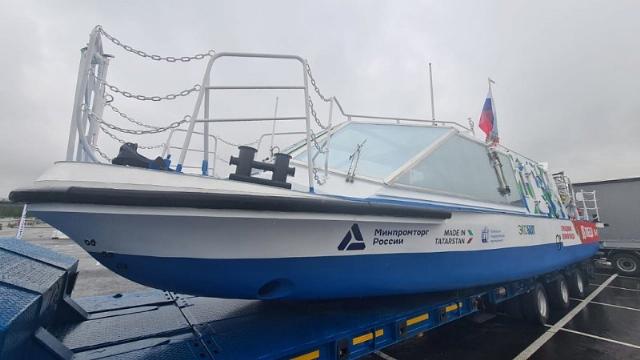
Ecobalt Hydrogen fuel cell vessel
KGNC
The Ecobalt pleasure and excursion vessel with a hydrogen fuel cell power plant was designed by the Baltsudoproekt Design Bureau, which is structurally part of the Krylov State Scientific Center. The hydrogen module was developed by another department of the KGNC, the Scientific and Production Complex of Hydrogen Energy. The St. Petersburg Central Research Institute "SET" was responsible for the design of electric propulsion, automation and current conversion systems.
The vessel of project 00393 is operated by a two-person crew and is capable of carrying ten passengers at a speed of 12.2 km/h. The autonomy of swimming is 5 hours. It is expected that this project will form the basis for the construction of larger vessels of this type.
Ecobalt was laid down in 2024 at the Zelenodolsk Gorky Plant, part of the Ak Bars IC. In the current navigation, the vessel is being tested on the Volga.
Among the advantages of fuel cell power plants compared to traditional sources of electricity are much lower noise and vibration levels, efficient fuel use and high efficiency.
Visitors to Neva-2025 are promised the opportunity to board the newest passenger ship.
Complex of hydrographic equipment
The complex of hydrographic equipment, which will be presented by AKVAMARIN JSC at Neva-2025, includes multipath and single-beam echo sounders, parametric profilers, acoustic current profiling systems, an underwater positioning system, a set of auxiliary equipment and specialized software.
According to the developers, the complex solves the entire range of hydrography tasks.: from surveying the bottom relief and profiling bottom structures to navigation support and integrated data processing. It is designed to operate in the entire depth range – up to 11 thousand meters – and in any climatic conditions: from Arctic ice (Arc4) to tropical seas. The modular architecture of the complex makes it easy to adapt its composition to a specific project.
"Digital vessel"
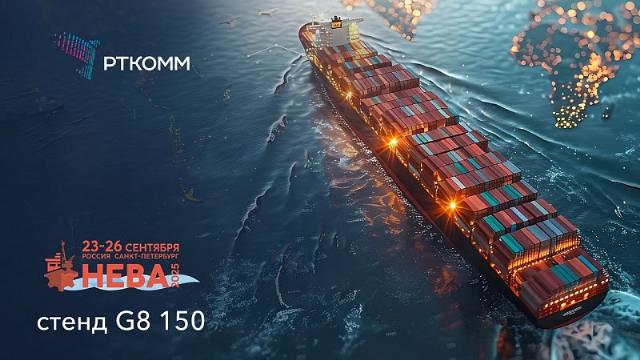
RTCOMM
The federal satellite operator RTCOMM offers shipowners a set of Digital Vessel solutions. The system includes not only satellite communication channels, but also sensors and flowmeters for monitoring and monitoring various ship systems.
The digital vessel allows you to monitor the condition of the engine and mechanisms, monitor the quality of bunkering and fuel consumption, and ensure the safety of transported cargo through temperature monitoring in the hold.
In addition, shipowners will be able to evaluate the advantages of broadband Internet access through the Marine VSAT system, which provides stable communication both during movement and in ports along the Northern Sea Route and the entire ocean area. RTCOMM organizes remote offices on ships with a closed corporate network, mail, IP telephony and video surveillance, ensuring reliable communication and data security.
In addition, the HotSpot service creates Wi-Fi zones in the public spaces of the decks, which allows the crew and passengers to stay in touch.
Comprehensive training systems
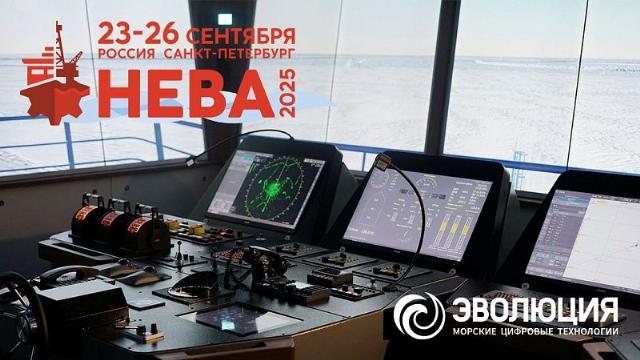
EMCT
Evolution of Marine Digital Technologies (EMCT), a Russian developer of a wide range of integrated IT solutions for the marine industry, will present comprehensive training systems based on real on-board equipment. Among them are the Navigator PRO 6000 navigation simulator with the possibility of installing ice and fishing functional modules, a GMDSS operator simulator, engineering and technological simulators, simulators for marine autonomous surface vessels (MANS) and simulators for projects of serial vessels under construction.
According to representatives of the EMCT, the integrated ice navigation simulator of the nuclear icebreaker project 22220 developed by the company's specialists ("The Arctic") has passed the qualifying round of the first national award "Marine Olympus" and is now competing for the victory in the nomination "Innovative solution".
The use of simulators reduces the time and cost of crew training, as well as significantly increases the safety of navigation, allowing them to practice actions in emergency situations without risk to the ship and people.
